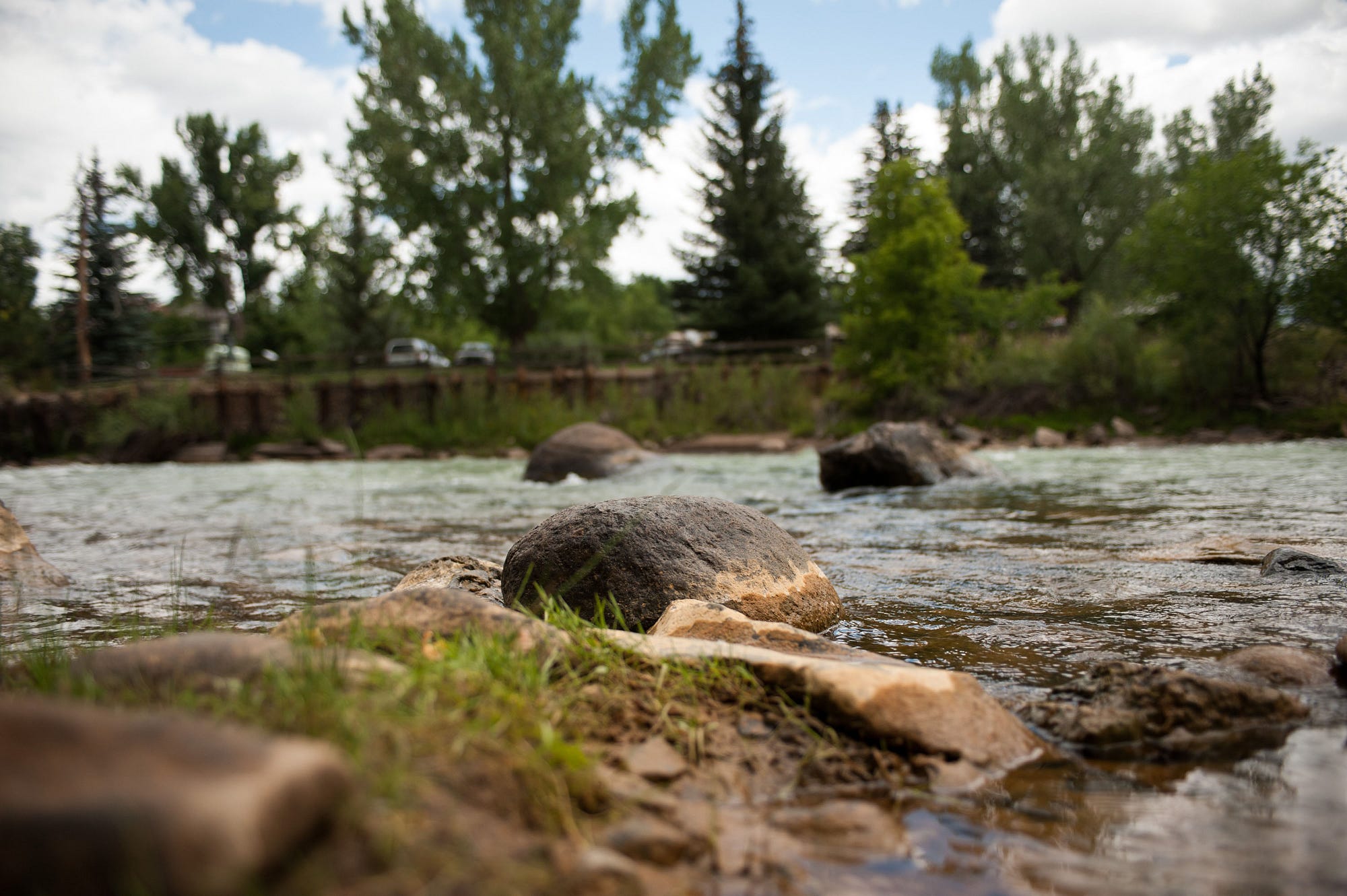Here’s Why the Navajo Nation Is Suing the EPA Over Colorado’s Mining Catastrophe
The San Juan River is one of the most sacred and agriculturally important areas to the Navajo Nation. It’s also the site of a three-million-gallon toxic mine spill.

This time last year, images of Colorado’s Animas River were going viral, leaving many mystified or downright disturbed by the waterway’s Willy Wonka-esque shade of golden orange. The culprit of the bizarre phenomenon: a slurry of mining chemicals which had burst from a sealed entryway to a defunct gold mine, the Gold King Mine, located upstream. The images were met with outrage: In the last year, there have been Congressional hearings and an ongoing criminal investigation into causes of the spill.
Just this week, the Navajo Nation filed its own lawsuit against the Environmental Protection Agency. The Gold King Mine, one of 48 mining sites in the Bonita Peak Mining District, has been closed for almost a century. Years of mismanagement and neglect, however, caused floodwaters and extreme pressure to build at the mine’s sealed entryway, the suit alleges. When the mine burst, it sent more than three million gallons of acidic, chemical-laden sludge downstream into the San Juan River.
Of all the 27,000 miles that comprise the Navajo Nation’s reservation, the San Juan River watershed, which flows from Colorado through New Mexico, may very well be the most agriculturally and spiritually rich in the reservation.
“The Nation and the Navajo people have yet to have their waterways cleaned, their losses compensated, their health protected, or their way of life restored,” reads the suit, which was filed on Tuesday by the Navajo Nation in the U.S. District Court for the district of New Mexico. The EPA’s egregious neglect of the mine and its failure to properly compensate the Nation for damages, mirrors the government’s longstanding indifference toward the tribe, according to the lawsuit.
Two contractors, four mining companies including Gold King Mines Corporation, and 10 other unnamed defendants are also named in the suit. The lawsuit alleges that, despite knowing of the potential for an entryway to burst, officials were unprepared for any major accidents when excavation began last August to assess the mine seal. The EPA should have known of the environmental risks, the suit alleges, as the agency has twice already considered listing the Upper Animas Watershed as a Superfund site — once in the 1990s and again in 2008. After the mine initially exploded, it took nearly two days for the EPA to alert the Nation that millions of gallons of toxic water was making its way down the watershed.
“Spring, which once symbolized the bringing of new life as many Navajo families planted their crops, now represents a looming threat.”
At a minimum, the Nation has sustained about $2 million in costs, according to the lawsuit. That figure includes the effects of the spill on farmers, the prices of safety-related water sampling, the delivery of clean water across the Nation, and the establishment of an Emergency Operations Center dedicated to spill response. So far, the EPA has paid the Navajo Nation $602,000 in damages, according to the lawsuit. The EPA has so far declined to comment, saying it cannot do so on active litigation, though the federal agency notes that it has provided more than $29 million in the last year to nearby states and tribal areas to mitigate damages.
The EPA claims the San Juan River is currently safe for agriculture, fishing, and irrigation, owing to a water treatment plant installed last November to treat continuing acid mine drainage. Anyone living, playing, or working near the river should avoid any discolored sediment or soil, which still has high concentrations of mining metals, however, according to the EPA. Children under the age of six have been warned about ingesting any river water.
As many as 90 percent of the minerals released into the waterway could still remain in the San Juan riverbed, according to the suit. Contaminants including cadmium, lead, arsenic, beryllium, zinc, iron, and copper have all been found in its waters and in sediment on the river floor. The San Juan River also supports more than 14,000 Navajo Nation sheep and cattle ranches, a fact that has sparked fears among farmers that they they have been inadvertently irrigating their produce and nurturing their pastures with poisoned water over the last year.
“Spring, which once symbolized the bringing of new life as many Navajo families planted their crops, now represents a looming threat as Spring runoff instead brings toxic metals to Navajo water and lands,” the lawsuit states.
The San Juan watershed is also one of the most hallowed regions of the Navajo Nation. Its waters support several strains of heirloom seeds, including variations of white and yellow corn, which are sourced by the entire reservation for ceremony and daily prayer. In other sacred ceremonies, mineral-rich soil from the river bank is used to paint ceremonial markings on the body. Navajo tradition calls for four prayer offerings daily, of which corn is a mainstay: white corn at dawn, corn pollen in the afternoon, ground corn at sundown, and wild tobacco at night.
“Without corn pollen and corn itself, the Navajo people are cut off from the holy people, the Navajo universe, and the Navajo language,” the suit states.
The Gold King Mine, which continues to discharge acid mine drainage at a rate of about 600 gallons per minute, is far from being the only environmental liability in the state—there are at least 20,000 abandoned mines in Colorado alone, a fraction of which of been reclaimed.







Follow Us!